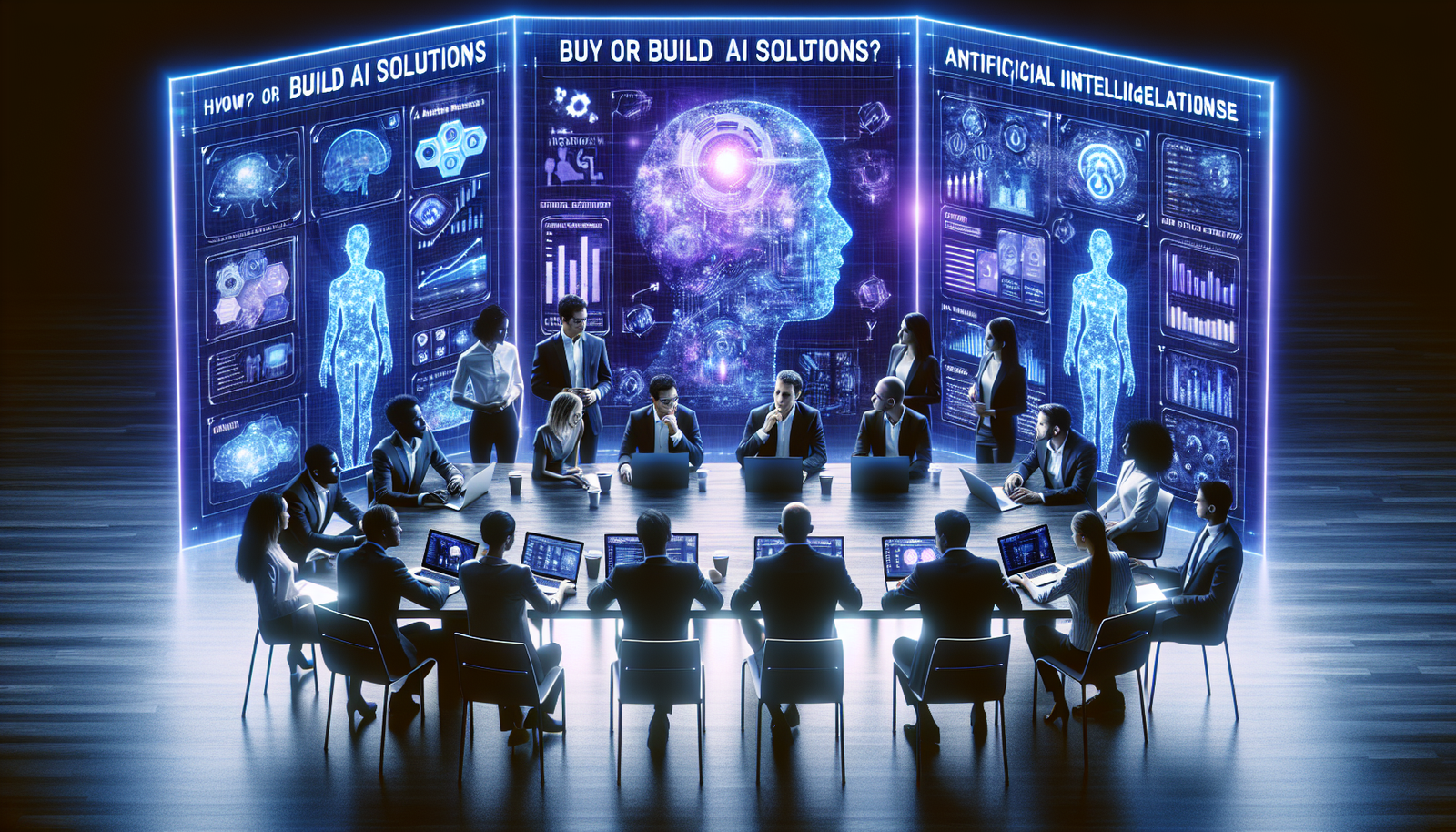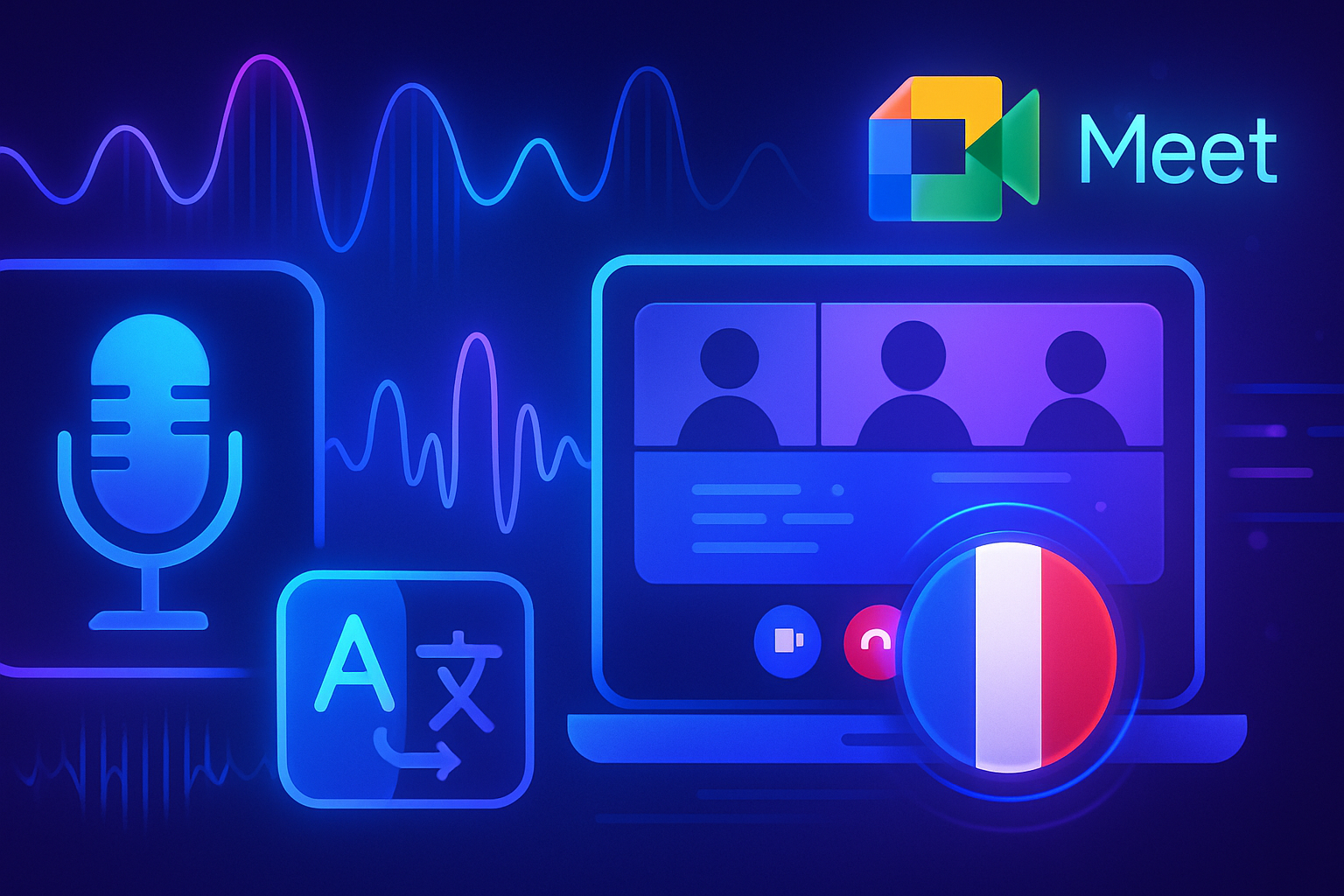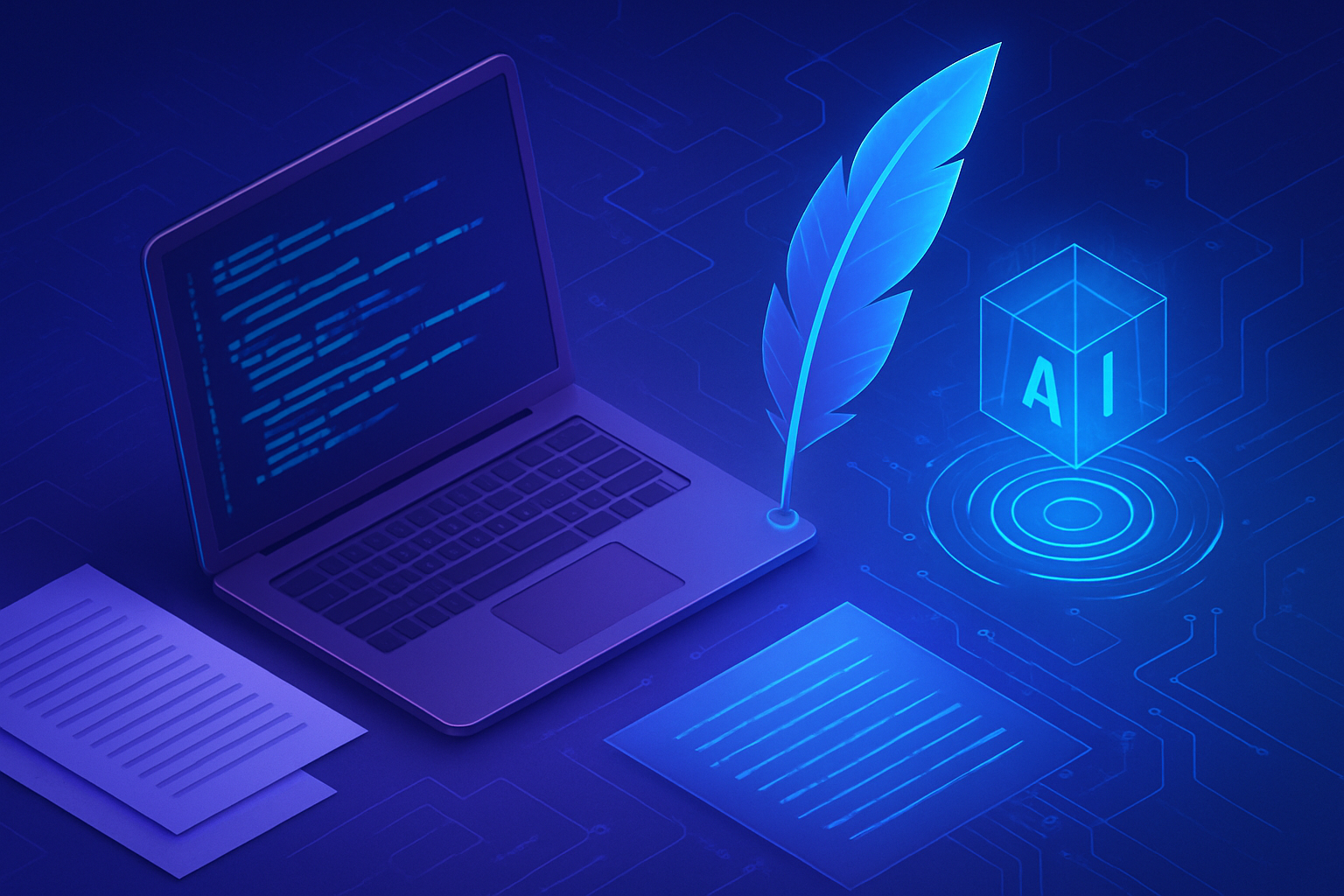Options Analysis: Internal Development vs Acquisition
The integration of AI is emerging as a strategic lever for SMEs and mid-sized enterprises, allowing for the automation of various processes and optimization of productivity. The choice between developing an internal solution or acquiring an existing solution significantly transforms the strategic direction of the company.
Leaders must carefully examine their needs and capabilities. On one hand, ready-to-use AI solutions allow for a quick return on investment. On the other hand, internal development can provide greater customization, aligned with the specific challenges of the company.
Advantages of Internal Development
Developing an AI solution internally ensures ultimate control over the product. This allows for appropriate and integrated customization, optimizing necessary features. Making AI a true competitive advantage strengthens the company’s position against its competitors.
Leaders must ensure the formation of a dedicated team with varied skills such as AI engineers, software specialists, and data management experts. Acquiring these resources, which are often attractive to startups, becomes a challenge to overcome.
Benefits of Purchased Solutions
Considering acquiring an AI solution allows for quick access to seasoned experts. This acquisition mode reduces the initial investment while ensuring solid expertise. Less specific needs can thus be met more efficiently by an external solution.
Concerns regarding data security arise as a constraint. It is imperative that the integration occurs while preserving the confidentiality of company information. Choosing a provider capable of adapting solutions to meet requirements remains essential.
Key Steps for AI Integration
A thorough internal assessment is crucial to identify processes that can be optimized by AI. This audit allows for adopting internal management priorities while defining functions that can be outsourced.
The choice of suppliers should stem from deep reflection. Ready-to-use solutions can meet standard needs, while companies with specific requirements necessitate a specialized partner. The ability to adapt and support is critical in this context.
Future Perspectives for SMEs and Mid-Sized Enterprises
Various initiatives exist to support SMEs and mid-sized enterprises in AI integration, proving its increasing accessibility. Hiring experts, adopting suitable solutions, and choosing strategic support represent the pillars for a successful digital transformation.
Companies must continually demonstrate flexibility to evolve according to the needs synthesized by AI. A well-planned strategy will allow them to leverage associated benefits, thereby optimizing their market performance. The synergy between AI and internal processes will become the spearhead of competitiveness and innovation.
FAQ on AI Integration for SMEs and Mid-Sized Enterprises: Acquisition vs Internal Development
Why should SMEs and mid-sized enterprises consider AI integration?
SMEs and mid-sized enterprises can improve their productivity, automate repetitive tasks, and enhance their competitiveness in the market by integrating AI into their processes.
What are the main differences between buying an AI solution and developing one internally?
Buying a solution often involves rapid deployment and access to specialized expertise, while developing internally allows for complete customization but often requires specific human resources and a long-term investment.
What types of processes can be optimized by AI in an SME?
Processes that can be optimized include lead management, invoicing automation, customer data analysis, and many other processes specific to each sector.
What skills are necessary to develop an AI solution internally?
Internal development requires skills in AI, software, data management, design, and product management, which are often difficult to find in the current market.
What are the main challenges related to the integration of a purchased AI solution?
Challenges include data security, adapting solutions to meet the company’s specific needs, and maintaining the confidentiality of information.
How can the return on investment (ROI) of an AI solution be assessed?
ROI can be assessed by considering the savings generated by automation, improved productivity, and increased sales through AI-enhanced services.
What is the typical cost of integrating AI solutions for SMEs?
The cost varies based on the complexity of the chosen solution, ranging from considerable reductions for off-the-shelf solutions to significant investments for custom-developed solutions.
How to choose the right AI solution provider?
It is essential to consider the provider’s expertise, their ability to adapt to the changing needs of the business, as well as reviews and testimonials from other clients.
Is it possible to start with a partial deployment of AI before considering a broader integration?
Yes, starting with a pilot project or a small-scale deployment is an effective strategy to assess the relevance of AI before a full deployment.
What advice would you give to SMEs to begin their transition to AI?
It is recommended to conduct an internal audit to identify specific needs, clearly define priorities, and wisely choose between internal development or acquisition based on capabilities and strategic goals.






